Game of Thrones fan theories you need to read before season five
IT’S best known for all the sex and gore, but more importantly, Game of Thrones is full of secrets. These are the big questions - and maybe their answers.
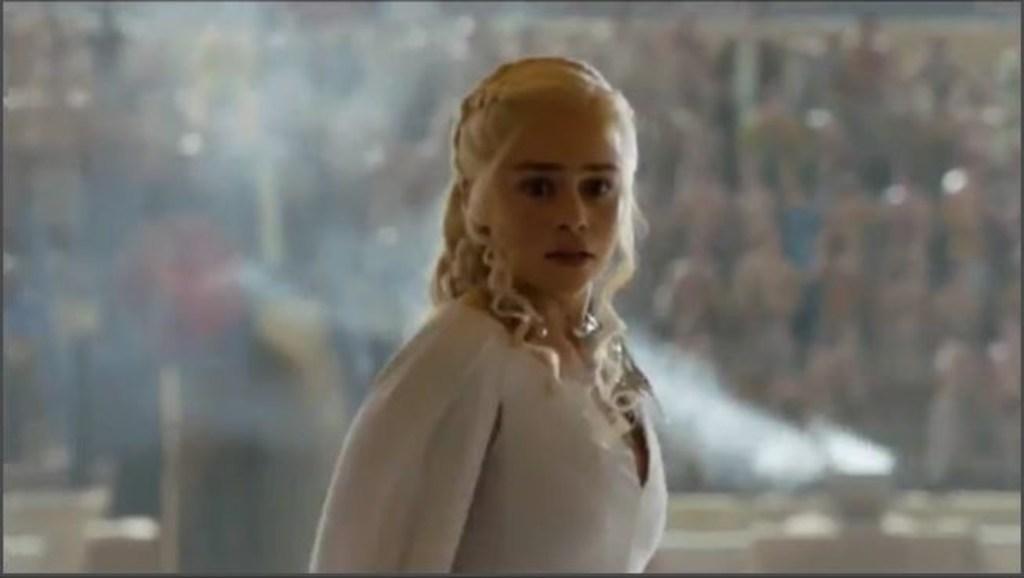
THE new Game of Thrones season is upon us.
Nobody really knows what’s going to happen. Not even the most avid readers of George R.R. Martin’s novels, who have seen the TV show diverge further from the plot of the books every season. But we do know that both versions of the story will eventually end up in the same place, whatever happens along the way.
When you cut out the superficial deaths and irrelevant minor characters, there are several important, unresolved questions at the core of Martin’s plot. Determined fans have tried to answer them in forums online, and some have even come up with plausible theories.
These are the ones you should read as season five starts.
WARNING: There might be spoilers below, particularly if you haven’t read the books. Then again, there might not be. It’s all (educated) guesswork.

1. Who are Jon Snow’s parents?
We’re supposed to believe Jon is the product of an extramarital fling between Ned Stark and a lowborn woman named Wylla, but that story makes as little sense as a White Walker in drag.
Ned valued his honour above pretty much everything else, including his penis. No one seriously thinks he abandoned his principles for a bit of nookie on the side, particularly when there are other, more believable (and juicy) theories about Jon’s lineage. The predominant one argues that Jon is actually the child of Ned’s sister, Lyanna, and Rhaegar Targaryen.
The war that unseated the Targaryen dynasty and placed Robert Baratheon on the throne was triggered by Rhaegar’s apparent abduction of Lyanna. She was betrothed to Robert at the time, and he wasn’t happy. Think Helen of Troy.
After Rhaegar’s death at the Battle of the Trident, Ned found his sister in Dorne, lying in “a bed of blood”. Before she passed away, Lyanna made him promise something. The nature of that promise has not been revealed.
According to the theory, Lyanna willingly ran off with Rhaegar, and died giving birth to their child — hence the “bed of blood”. She could have made Ned promise to keep Jon’s lineage a secret.
If true, that would make Jon a Targaryen, with a legitimate claim on the Iron Throne. Granted, he doesn’t have any dragons, and he’s pledged himself to the Night’s Watch for life. That could be a problem.

2. What’s the significance of the three-headed dragon?
When Daenerys enters the House of the Undying in Qarth, she has a bunch of trippy visions. In the books, one of those visions involves Rhaegar, who’s holding a child. He looks at Daenerys and says: “There must be one more. The dragon has three heads.”
The obvious conclusion is that there are three living Targaryens who will play a pivotal role in the plot. Their House sigil is a three-headed dragon. When Aegon the Conqueror invaded Westeros with his two sisters, each of them rode a dragon. Daenerys has three dragons. There’s a clear, recurring motif here.
The first Targaryen is Daenerys. That much, at least, is certain. If you believe Jon is Rhaegar’s son, he becomes the second. So we’re searching for one more.
There are two leading contenders, the first of whom has yet to be introduced in the TV show (assuming he’ll be introduced at all). His name’s Aegon, and he claims to be one of Rhaegar’s children, having been switched with another infant and smuggled to safety before his supposed death at the end of Robert’s Rebellion. Ever since, Varys has been readying him to make a run at the Iron Throne.
Aegon shares many of the Targaryens’ traditional physical characteristics, and his story does add up, but many readers suspect he’s an impostor. It’s thought he could be a member of House Blackfyre, which was founded by the bastard son of a Targaryen king.
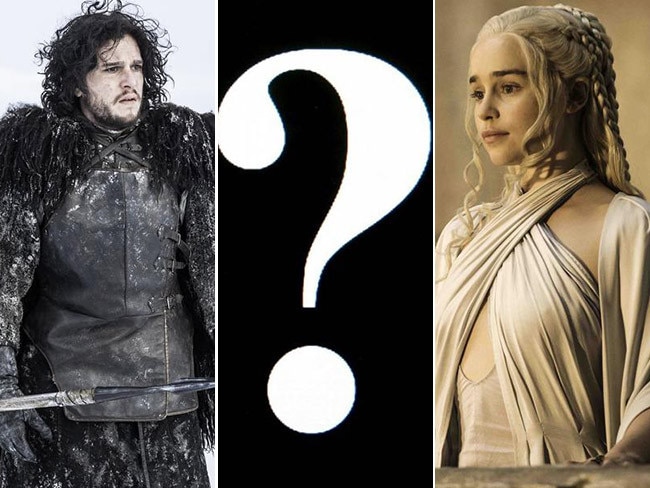
The other option is far more exciting. You can make a fairly strong argument, based on clues (or red herrings?) littered throughout the novels, that Tyrion is actually a Targaryen, not a Lannister.
Martin describes Tyrion as having hair so blonde that it’s almost white, the trademark colour of the Targaryens. His eyes are different colours, which could be a sign of split lineage, and he shares the known Targaryen tendency to dream about dragons.
Tywin drops a few hints that he isn’t Tyrion’s real father, and maintains a rather illogical level of hatred towards him. He refuses to give Tyrion control of the family’s seat, Casterly Rock, even though it’s technically his son’s birthright.
So, when Tywin implies that Tyrion actually isn’t his son on several occasions, is it more than mere bluster? Maybe. The books note that King Aerys fancied Tywin’s wife, Joanna. According to the theory, Aerys either seduced or raped her, and Tyrion was the result. That would make Tyrion a Targaryen, and explain the otherwise unreasonable animosity in his relationship with Tywin.
Tyrion? Aegon? Someone else entirely? Whatever the answer, this plot thread will keep dragon on for a while yet.
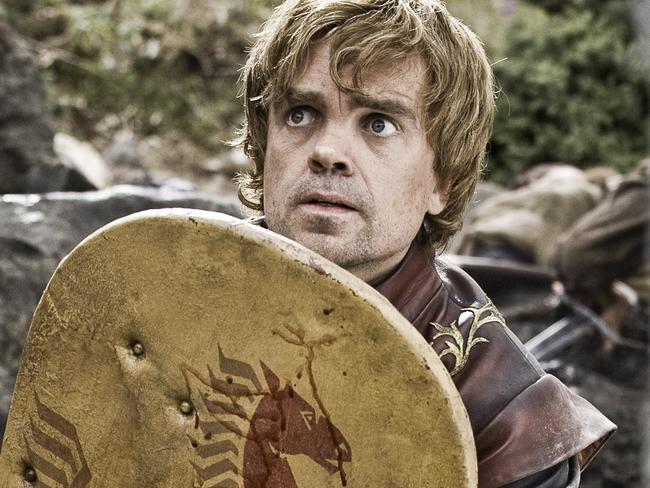
3. Who is ‘the prince that was promised’?
The faith of R’hllor, which is particularly popular on the eastern continent, Essos, teaches that a holy warrior called Azor Ahai defeated the White Walkers last time they threatened to invade. It also predicts that Azor Ahai will be “reborn” to save the world again. Here is the very short version of the prophecy, as described by Melisandre:
“When the red star bleeds and the darkness gathers, Azor Ahai shall be born again amidst smoke and salt to wake dragons out of stone.”
The Targaryens have long believed in a very similar prophecy, which refers to “the prince that was promised”. Is Azor Ahai the same person? There are several characters who could fit the criteria.
Daenerys, for instance. She was born during a storm on Dragonstone, an island surrounded by saltwater. You could say she was reborn amidst the smoke of the burning pyre that hatched her dragon eggs. That was followed by the appearance of a red comet in the sky. Smoke? Check. Salt? Check. Bleeding red star? Check. Waking dragons? Check. She ticks all the boxes.
Maester Aemon, a Targaryen himself, certainly believes Daenerys is the promised leader. “Daenerys is the one, born amidst salt and smoke. The dragons prove it,” he tells Samwell, stressing that the so-called “prince” doesn’t need to be a man.
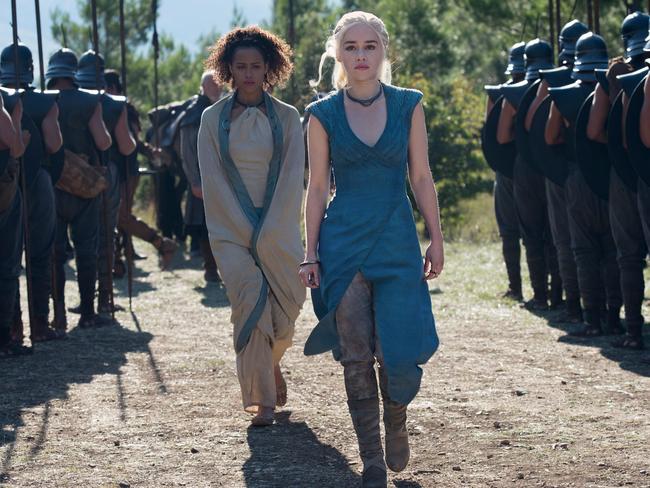
On the other hand, Melisandre firmly believes Stannis is Azor Ahai reborn. You may recall that rather unpleasant ceremony on the shores of Dragonstone, during which heretics were burned alive. It provided both smoke (from the fire) and salt (from the water). Melisandre also claims to see visions in her flames, which show that Stannis is the chosen one.
Those two possibilities seem a little obvious though, and Martin’s readers are sceptical. Given his penchant for shocking plot twists, you can’t blame them.
Thinking a little further afield, many fans believe Jon could be the prince that was promised. He does have a dream in which he wields a red sword — the original Azor Ahai used a magical sword called Lightbringer — and he makes a few unexpected cameo appearances in Melisandre’s visions.
“I pray for a glimpse of Azor Ahai, and R’hllor shows me only Snow,” she says at one point.
Jon’s involved in a truly shocking scene at the end of A Dance With Dragons, which provides more evidence both for and against the theory. Book readers, you know what I’m talking about.
The other popular option is Aegon, provided he really is who he claims to be. Like Daenerys, Aegon was born on Dragonstone. Rhaegar fervently believed his son was the prince mentioned by the prophecy, and a red comet was seen in the sky on the night of his conception. Admittedly, it’s a rather shaky case.
Whoever the prophesied figure is, they will presumably play a pivotal role towards the end of the series, particularly in the fight against the White Walkers. Fictional prophecies have a way of coming true.
Of course, it’s possible that Azor Ahai and the prince that was promised are two different people — but they sound awfully similar.
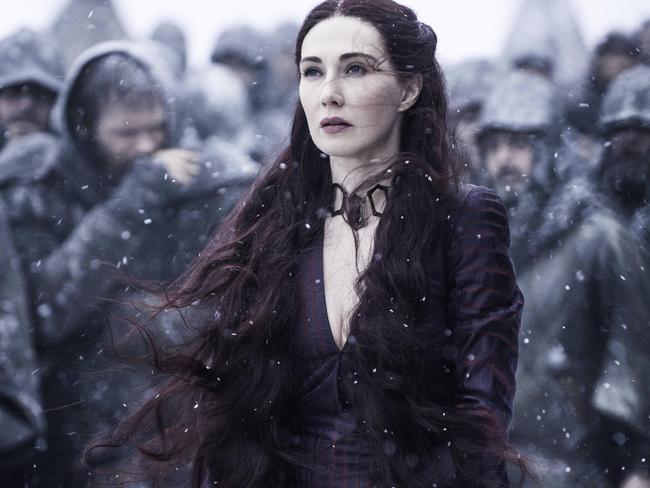
4. What really happened before the first episode?
Martin’s novels delve deeply into the history of Westeros. Due to obvious time constraints, the TV show can’t really do that, but the backstory is still important.
The most intriguing theory going around is called “Southron Ambitions”. It suggests there was more going on in the lead-up to Robert’s Rebellion than anyone realises — and perhaps the Mad King wasn’t so paranoid after all.
A couple of years before Rhaegar ran off with Lyanna, throwing the Seven Kingdoms into chaos, the lords of several major houses started to behave unusually. They arranged multiple marriages between each other’s families, all in quick succession.
Normally those kinds of unions would be rare, because they have very clear political implications. Marriages between members of two big houses can seal formal alliances, or at least bind the families together informally.
Take the Starks, for example. Lord Rickard sent one of his sons to live with the Arryns, and arranged for the other to marry a Tully. Why? There’s no good reason that doesn’t involve some shady, high-powered diplomacy.
According to the theory, Rickard was part of a wider plot, with the major houses of Westeros secretly forming alliances in an effort to overthrow King Aerys. There’s even some (sketchy) evidence that Rhaegar was involved in the plan.
We’ve been led to assume Aerys was a paranoid lunatic, when he may just have been a regular lunatic. And if the other houses were plotting together, it crucially changes the complexion of Westeros’s recent history.
You can read more about the Southron Ambitions theory here. It’s worth your time.
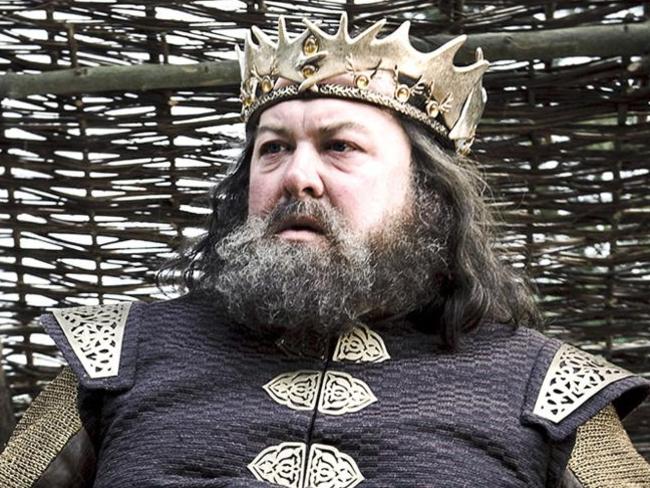
5. Will Daenerys end up on the wrong side?
So far, Daenerys has been Martin’s golden child. She’s portrayed sympathetically in the show, and is easily one of the most popular characters. While it’s nice to think that she’ll end up on the Iron Throne, Martin doesn’t strike anyone as the sort of author who’s into happy endings.
Daenerys could easily become a tragic figure, and that would certainly be more in line with Martin’s style. Her pursuit of the Iron Throne, even if well-intentioned, could plunge the world into a state of misery.
There’s also a more sinister theory that says Daenerys is going mad, like so many Targaryens before her. She certainly seemed to be losing her mind at the end of the most recent novel, when she was hallucinating her way across the desert. That scene included this rather striking quote, tinged with a tone of violence:
“Dragons plant no trees. Remember that. Remember who you are, what you were made to be. Remember your words.
“‘Fire and Blood,’ Daenerys told the swaying grass.”
What if she does slip towards insanity, becoming more violent in the process? We’re told that Aerys was a good, promising ruler before he went mad. If Daenerys suffers the same fate with three dragons in tow, she could end the series as a tragic villain — and a very destructive one at that.
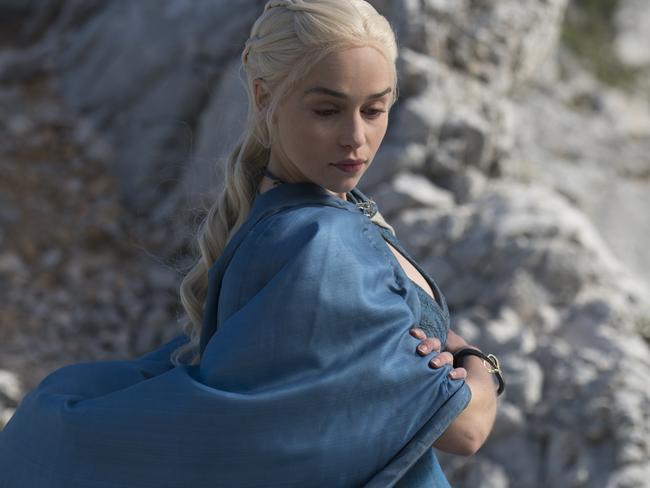
GoT a theory of your own? Comment below, or talk to Sam on Twitter: @SamClench




